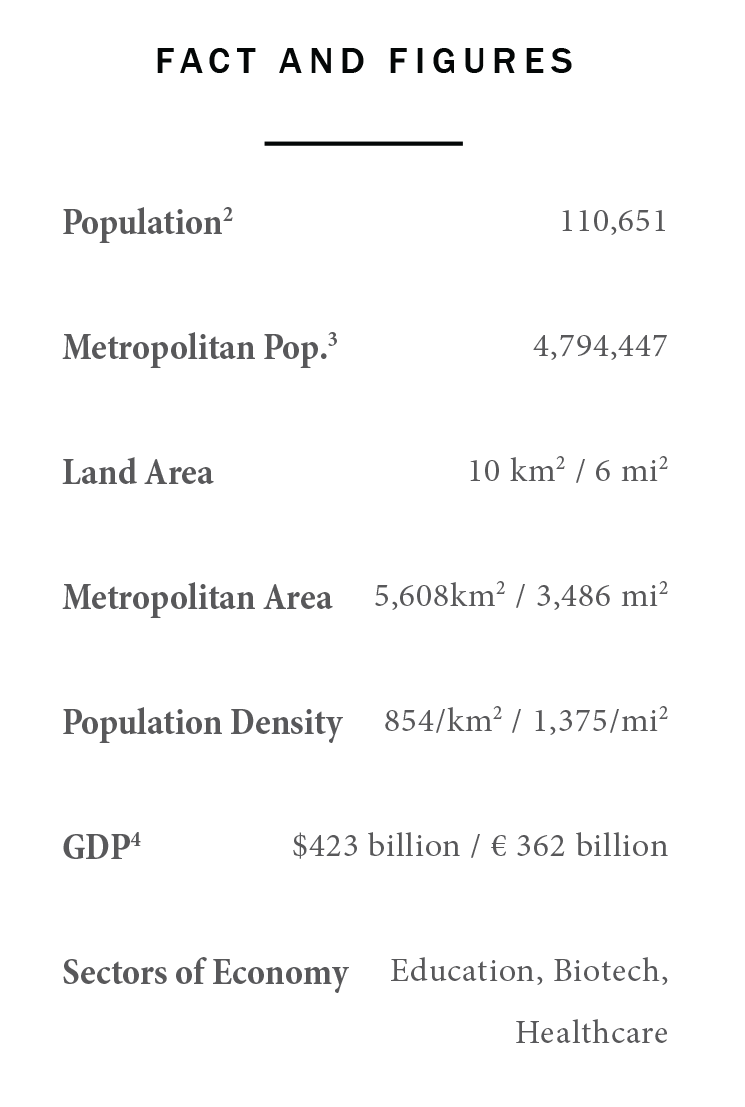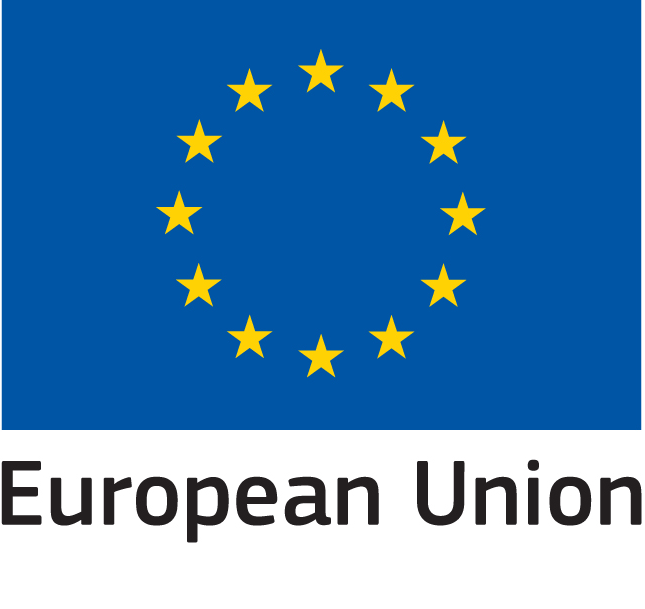Energy Allies: The Energy Transition in Cambridge, Massachusetts Case Study
Editor's Note: This blog post is part of a series of city case studies launched by GMF's Energy Allies project, which aims to foster strategic partnerships and collaboration between local civil society and government leaders to support cities’ energy transition. We encourage you to read the other case studies on Charlotte, North Carolina, Heidelberg, Germany, and Nantes Metropolis, France.

Cambridge is a city in Middlesex County, Massachusetts, and is part of the Boston Metropolitan Area. It is situated directly north of Boston, across the Charles River. The area is home to both Harvard University and the Massachusetts Institute of Technology (MIT), and maintains its reputation as a hub for research, innovation, and cultural diversity.
CLIMATE PLAN
Cambridge has long been an active player in tackling climate change. In May 1999, the City Council voted to join Cities for Climate Protection (CCP), an international consortium of communities working to reduce the emission of greenhouse gases. In 2002, the City adopted the Cambridge Climate Protection Plan, which set a target of 80 percent reduction in greenhouse gas (GHG) emissions by 2050 that is consistent with the state of Massachusetts. Since then, Cambridge has joined the Compact of Mayors and completed an updated community GHG inventory, and in 2016 the City committed to achieving carbon neutrality by 2050 through the Boston Metro Mayors Coalition.
Because buildings contribute over 80 percent of Cambridge’s GHG emissions, addressing their emissions is crucial to the achievement of the City’s climate goals. In 2015, Cambridge adopted the Getting to Net Zero Action Plan to set the building community on the trajectory to net zero GHG emissions by 2050. As part of its Metro Mayors Commitment, Cambridge is currently developing an updated Climate Action Plan that will incorporate the lessons from the Net Zero Action Plan along with transportation and waste-related strategies to address all of Cambridge’s GHG emissions sources.
The basic strategies of the city’s Climate Action Plan are:[1]
-
Low Carbon Energy Supply: Enabling the transition from fossil fuel usage in buildings to alternative energy sources facilitates the reduction of CO2 emissions. Decarbonizing the energy supply system through the growth of renewable energy sources such as solar and wind can enable efficient and resilient energy uses through district energy systems.
-
Energy Efficiency in Buildings and Transportation: By being smarter about the design and use of buildings and vehicles and capitalizing on technological innovations, the city can use less energy to accomplish its tasks. This includes setting aggressive standards and incentives for new buildings and establishing opportunities and mechanisms to retrofit existing buildings. In transportation, it includes the use of public transit, carpooling, cycling, and walking to significantly reduce vehicle miles traveled (VMT).
-
Waste Reduction: Strategies to create less waste and to recycle have been in place for many years. Efforts must be made to increase the return of materials to productive use by preventing waste, increasing recycling, and composting organic materials.
GOVERNMENTAL COMPETENCES
The Cambridge municipal government seeks to lead by example in achieving the energy transition. Cambridge is a state-designated Green Community with concrete energy efficiency and renewable energy goals for its municipal buildings, including a commitment to construct net zero emissions buildings starting in 2020. Compulsory tasks as part of this program include adopting the stretch energy code, facilitating the adoption of renewable energy through zoning and permitting, and adopting a green fleet policy for municipal vehicles. Cambridge also manages the planning of transportation infrastructure including walking, biking, and transit, water supply and storm water management, and waste management.
STELLAR PROJECT
As Cambridge works to achieve its climate goals, the city can take a leadership role, but businesses, institutions, community organizations, and individuals will have to be motivated to take part. The efforts in Cambridge span several projects and organizations:
-
Cambridge Compact for a Sustainable Future: A partnership between the city of Cambridge and civil society organizations to address the challenges presented by climate change. Every member signs the Compact and agrees to “work to create broader collaboration among themselves and with other community partners to create a more healthy, livable, and sustainable Cambridge.”
-
Cambridge Energy Alliance (CEA): A city-sponsored program that helps residents and small businesses in Cambridge save money while also reducing Cambridge’s carbon footprint. The city promotes the Mass Save program, a state-wide, utility-run initiative that offers significant incentives for a wide range of energy upgrades and connects customers to financial institutions that can help them pay for energy efficient improvements.
CITY OBJECTIVES FOR ENERGY ALLIES
Why would you like to participate in Energy Allies?
Based on our experience and the findings of our recently completed Low Carbon Energy Supply Energy Strategy, it is essential that the energy transition be pursued in collaboration between city government and civil society. We have found that inter-city and international exchange is particularly valuable to drive innovative solutions to energy policy and implementation challenges. As a participant in Energy Allies, we hope to share our experiences and learn from other cities and civil society representatives from around the United States and Europe.
What added value would you like to bring by participating in this project?
We can share key steps to transitioning to a clean energy economy identified by our Climate Action Plan and Low Carbon Energy Supply Strategy, which are Cambridge’s most comprehensive approaches to envisioning and planning the transition to low-carbon energy supply systems. These plans have been informed by stakeholder groups of city and civil society representatives including the utilities, universities, businesses, the regional government, and the state government.
What would you be interested in learning from your peers in terms of local government-civil society partnerships for the energy transition?
We hope to build on our stakeholder engagement approaches by learning from others’ experiences in collaboration with civil society partners to help solve our most pressing climate challenges. In particular, we hope to apply an equity lens to our energy and climate planning efforts to ensure that these initiatives equally benefit all members of our population and protect those most vulnerable to the impacts of climate change.
Download the PDF »
This publication was produced with the financial support of the European Union. Its contents are the sole responsibility of the German Marshall Fund and do not necessarily reflect the views of the European Union.
